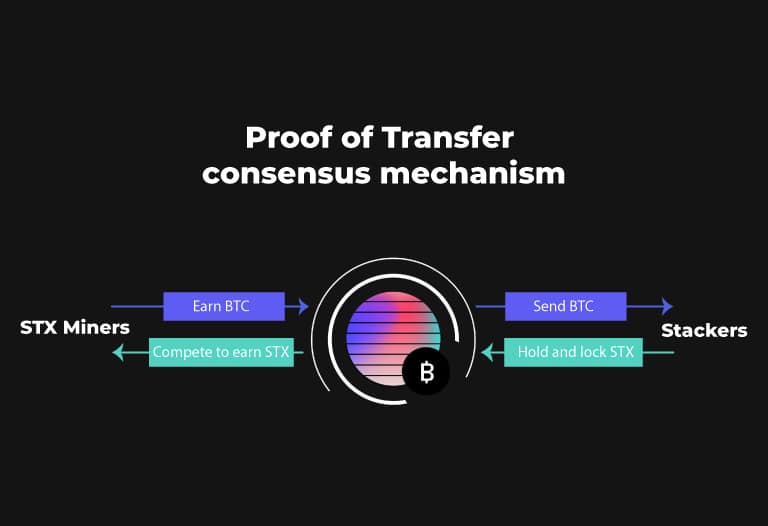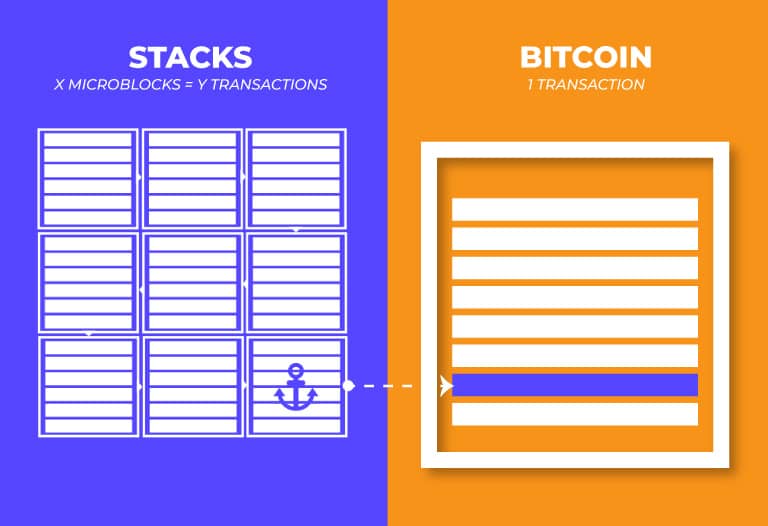
Table of Contents
ToggleIf you have noticed, from the time we are children in kindergarten until we grow up, learning is always structured in categories. Whether they are categories of numbers, historical periods, types of cells, species of living beings and so on.
Thinking too much in categories can make us fall into the trap of simplifying reality. But categories allow us to learn more easily and to be able to sort and assimilate information. The world of blockchains, of course, was not going to be any different.
Despite its youth (since 2009), this world has advanced rapidly and has forced us to categorize blockchains (the basis of each cryptocurrency). A simple way to categorize them is by generations.
What generations are there?
In general, 3 generations of blockchains are identified.
- The first generation appears in 2009 with the launch of Bitcoin created by Satoshi Nakamoto, an individual (or group of people) whose real identity is unknown. This generation establishes for the first time in history a form of decentralized digital money, without the need for trusted third parties. All previous projects such as b-money (by Wei Dai), DigiCash (by David Chaum) and e-gold had failed. Satoshi Nakamoto put the pieces together in the right way to create a consensus system (a blockchain) based on the Proof of Work mechanism.
- The second generation emerged with Ethereum, founded by a group of developers including Vitalik Buterin, a young programmer. Ethereum emerged as a more experimental technology since it is difficult to make disruptive changes in Bitcoin. The idea behind Ethereum was to create a kind of global computer that could execute complex contracts, the so called smart contracts. In that sense the reason for ether (Ethereum’s currency) was to be used to pay for “gas” to execute these contracts.
- Over time, a third generation of blockchains has emerged that seek to solve Ethereum’s problems. These blockchains are characterized by the use of a new consensus system called Proof of Stake. Examples of this generation are Polkadot, Solana, Cardano and even Ethereum 2.0 itself. In general, like Ethereum, their vision is to create the foundations of Web 3.0 with decentralized applications and smart contracts.
In this article we will explore the first generation in detail. But first, it is worth noting that the latest generation coins do not imply that they are better or worse than the first ones. In the world of blockchains there are no magic solutions and every feature has a negative counterpart. The key is to ask: “What feature does this coin optimize, and at the cost of what?”. For example, Bitcoin optimizes security and that is why its language is more limited than that of other platforms such as Ethereum.

The genesis
In 2008, on a cryptography mailing list, a certain Satoshi Nakamoto presents his idea and his whitepaper. The paper is titled: “Bitcoin: a peer to peer electronic cash system”.
Satoshi’s idea was to create a peer to peer (P2P) network that would solve the problem of Byzantine generals reaching a consensus on how many virtual units each user has.
In computing a peer to peer system is a network of computers (also called nodes) where there are no privileged nodes. This is a prerequisite for creating decentralized money, there can be no points of failure such as a bank or financial institution.
The difficulty in creating decentralized digital money is that you need this entire network to agree on how many coins each direction has. For example, a user can try to cheat by saying that he has more money. On the other computers he can say he has 10 coins, and on his computer he has 100 coins.
If there is no consensus on how many coins everyone has, you can’t use it as money because you can’t trust anyone. In other words, the problem that Bitcoin solves is that of achieving trust in a P2P system.
Bank balances can be used as money (as long as the bank is trustworthy) because there is only one version of how much each user has and it is updated honestly. But as we have said, trust in the third party is required because it could censor transactions, steal money and reverse transactions, and it is centralized so governments can interfere.

Reaching consensus
To reach consensus in a P2P network, the ingenious Satoshi creates the first functional consensus protocol, the Proof of Work (PoW). In the PoW, the miners are the ones who update the balances of each user (processing transactions). The miners perform computational calculations (SHA-256) until they come up with a solution and in doing so they have “buried” those transactions under computation (we will explain this in a few moments).
Transactions are processed in batches (the so called blocks) and each one generates a reward for the miner. Moreover, the only valid version of how much money each user has is the one with the most computation behind it.
This design hides an overwhelming logic, it is so genius that many consider it the greatest innovation of our century. What Satoshi is doing is simply saying: “processing transactions has a cost, if you want to recover that cost and generate a profit you have to be honest”. As long as we humans don’t like to lose money, this incentive system will work.
In other words, the blockchain is just a record of transactions (where we can see how much money each address has). And under this PoW model, that register is immutable. It is immutable not because it cannot be modified, but because the cost of modifying the register is greater than the benefits. On the contrary, acting honestly does generate profit (processing new transactions, or in other words, mining new blocks).
That’s why I say that transactions “get buried under computation”, because if you want to remove them from the log (undo transactions) you will have to do all the accumulated computation on them again, which will also be bigger and bigger because other miners keep adding more and more blocks (with their proofs of work).
In this example it will be seen better: imagine that I make a transaction paying for a car. That transaction is included, for example, in block 10. In a few minutes, on block 10 block 11 is mined, so my transaction is buried under the computation of block 10 and 11. And so it is deeper and deeper in the blockchain (hence it is called blockchain). Once I have the car, to undo the transaction and get my money back (steal it) I have to redo that accumulated computation, something neither feasible nor profitable. In this system you can trust that nobody will cheat because cheating is not profitable.
Since modifying the registry is economically unfeasible, it is also unfeasible to reverse transactions. And furthermore, miners cannot censor transactions because these pay commissions and, in principle, the people involved in the transaction are pseudonymous. This entire network agrees on how much money each address has because the only valid blockchain is the one with the most computation.
Consensus rules
The consensus is not only on what the official blockchain is, but also on what type of transactions are valid, how many coins can be generated (inflation), how the blocks should be built, etc.
Anything that is incorrect is rejected by the network and these rules can be updated, either compatibly (Soft Fork) or incompatibly (Hard Fork) with the previous rules. In this way new features can be added to the blockchain, as is currently going to happen with the upgrade of Taproot to Bitcoin.
As we can see, these consensus systems are a world of their own and today they represent a whole branch of computer science.
First generation coins
Apart from Bitcoin, there are other examples of first-generation cryptocurrencies that we have already talked about in this blog. Some of them are Namecoin, Peercoin, Litecoin, Dogecoin and Monero.
Are they obsolete?
Many of these first-generation cryptocurrencies have disappeared or lost popularity. But many others such as Bitcoin and Monero have remained with a growing community, and therefore larger network effects.
In the specific case of Bitcoin, being sovereign Internet money, the fact that it is not as experimental and changeable as second and third generation blockchains is not a bug, it is a feature.
And going back to the beginning, don’t forget that talking about generations is only a simplification. For example, when trustless side chains become a reality, Bitcoin may be next generation as well.








